Before the Ferrari F40, before the McLaren F1, almost before the term ‘supercar’ was invented, there was the Porsche 959, an expression of technical competence, research, development and competitiveness that defined the genre and brought a new excitement to automotive development. The Porsche 959’s odyssey started in 1983 and involved many pioneering techniques including the moulded fiberglass/ Kevlar bodywork, the first production use of duPont’s Kevlar aramid material. The suspension had three ride-height selections in addition to three settings for the shocks. Its antilock braking system was controlled by high speed microprocessors augmented by run-flat Bridgestone tyres. The 2,849cc Porsche twin sequential turbocharged and intercooled flat six engine ran a maximum of 1 atmosphere boost and used water cooling for the six individual cylinder heads, producing a totally reliable 450 horsepower at 6,500 rpm (easily boosted to 650bhp) driving through an electronically-controlled all wheel drive system. Performance? 198+ mph top speed and 0-100km/h in a staggering 3.6 seconds...even in the wet. The list of the Porsche 959’s achievements could go on and on. It is sufficient to reiterate only that it was a tour de force in any number of areas and was the first of a new breed of ultra high performance supercar. Just 292 Porsche 959s left the Stuttgart factory, all ordered long before production and each one of them destined for wealthy automotive connoisseurs, but probably the buyer whose purchase attracted the most column inches was arguably the 20th century’s most famous (and most recorded) orchestra conductor, Austrian-born Herbert von Karajan. Born in 1908, the flamboyant von Karajan led the Berlin Philharmonic Orchestra for no fewer than 35 years. It might come as little surprise, given his artistic success and origins, to learn that von Karajan was a motoring enthusiast and that his favoured marque, founded by a fellow Austrian, was Porsche. Von Karajan had owned examples of several of the Stuttgart-based firm’s top-of-the-range models, including a Carrera RS and one of the first 911 Turbos, usually built for him with bespoke features or perhaps in non-standard colour schemes. When Porsche decided to put the limited edition 959 supercar into production, one of the first clients they contacted was von Karajan. When ready, an early production, red 959 was despatched for the maestro to try, and the test was filmed by national television. Although in his late 70s, the conductor put the supercar through its paces and was so impressed that he ordered one for himself, liveried in the same Guards Red but with special dove grey cloth upholstery (triple colour leather was standard) to provide improved grip whilst cornering. In the television programme, von Karajan is heard expressing wonderment about both the car’s performance and price, prompting his wife to comment: “you’d better sell more records”. Somewhat appropriate given that critics charged von Karajan with initiating an inflational spiral in performance fees, not least of which his own… The guarantee and service book for chassis ‘00216’ shows that the car was delivered new on 15th February 1988 by the factory itself to von Karajan at his winter residence in St Moritz. It remained in his hands until the year of his death, 1989, shortly before which he sold it to an old friend, philanthropist, socialite, sportsman and motoring enthusiast Prince Sadruddin Aga Khan. He was no stranger to fast cars, having owned a specially ordered Ferrari 250MM and a new Mercedes-Benz 300SL Gullwing before he had even graduated from Harvard. In his tenure the 959 was maintained by a full time chauffeur in a climate controlled garage at his chateau near Geneva, with maintenance carried out scrupulously as evidenced by records with the car. Even the brake discs would be cleaned before it was put away after each drive, and the car was returned to either the factory or Porsche’s main Frankfurt agent fo
Before the Ferrari F40, before the McLaren F1, almost before the term ‘supercar’ was invented, there was the Porsche 959, an expression of technical competence, research, development and competitiveness that defined the genre and brought a new excitement to automotive development. The Porsche 959’s odyssey started in 1983 and involved many pioneering techniques including the moulded fiberglass/ Kevlar bodywork, the first production use of duPont’s Kevlar aramid material. The suspension had three ride-height selections in addition to three settings for the shocks. Its antilock braking system was controlled by high speed microprocessors augmented by run-flat Bridgestone tyres. The 2,849cc Porsche twin sequential turbocharged and intercooled flat six engine ran a maximum of 1 atmosphere boost and used water cooling for the six individual cylinder heads, producing a totally reliable 450 horsepower at 6,500 rpm (easily boosted to 650bhp) driving through an electronically-controlled all wheel drive system. Performance? 198+ mph top speed and 0-100km/h in a staggering 3.6 seconds...even in the wet. The list of the Porsche 959’s achievements could go on and on. It is sufficient to reiterate only that it was a tour de force in any number of areas and was the first of a new breed of ultra high performance supercar. Just 292 Porsche 959s left the Stuttgart factory, all ordered long before production and each one of them destined for wealthy automotive connoisseurs, but probably the buyer whose purchase attracted the most column inches was arguably the 20th century’s most famous (and most recorded) orchestra conductor, Austrian-born Herbert von Karajan. Born in 1908, the flamboyant von Karajan led the Berlin Philharmonic Orchestra for no fewer than 35 years. It might come as little surprise, given his artistic success and origins, to learn that von Karajan was a motoring enthusiast and that his favoured marque, founded by a fellow Austrian, was Porsche. Von Karajan had owned examples of several of the Stuttgart-based firm’s top-of-the-range models, including a Carrera RS and one of the first 911 Turbos, usually built for him with bespoke features or perhaps in non-standard colour schemes. When Porsche decided to put the limited edition 959 supercar into production, one of the first clients they contacted was von Karajan. When ready, an early production, red 959 was despatched for the maestro to try, and the test was filmed by national television. Although in his late 70s, the conductor put the supercar through its paces and was so impressed that he ordered one for himself, liveried in the same Guards Red but with special dove grey cloth upholstery (triple colour leather was standard) to provide improved grip whilst cornering. In the television programme, von Karajan is heard expressing wonderment about both the car’s performance and price, prompting his wife to comment: “you’d better sell more records”. Somewhat appropriate given that critics charged von Karajan with initiating an inflational spiral in performance fees, not least of which his own… The guarantee and service book for chassis ‘00216’ shows that the car was delivered new on 15th February 1988 by the factory itself to von Karajan at his winter residence in St Moritz. It remained in his hands until the year of his death, 1989, shortly before which he sold it to an old friend, philanthropist, socialite, sportsman and motoring enthusiast Prince Sadruddin Aga Khan. He was no stranger to fast cars, having owned a specially ordered Ferrari 250MM and a new Mercedes-Benz 300SL Gullwing before he had even graduated from Harvard. In his tenure the 959 was maintained by a full time chauffeur in a climate controlled garage at his chateau near Geneva, with maintenance carried out scrupulously as evidenced by records with the car. Even the brake discs would be cleaned before it was put away after each drive, and the car was returned to either the factory or Porsche’s main Frankfurt agent fo
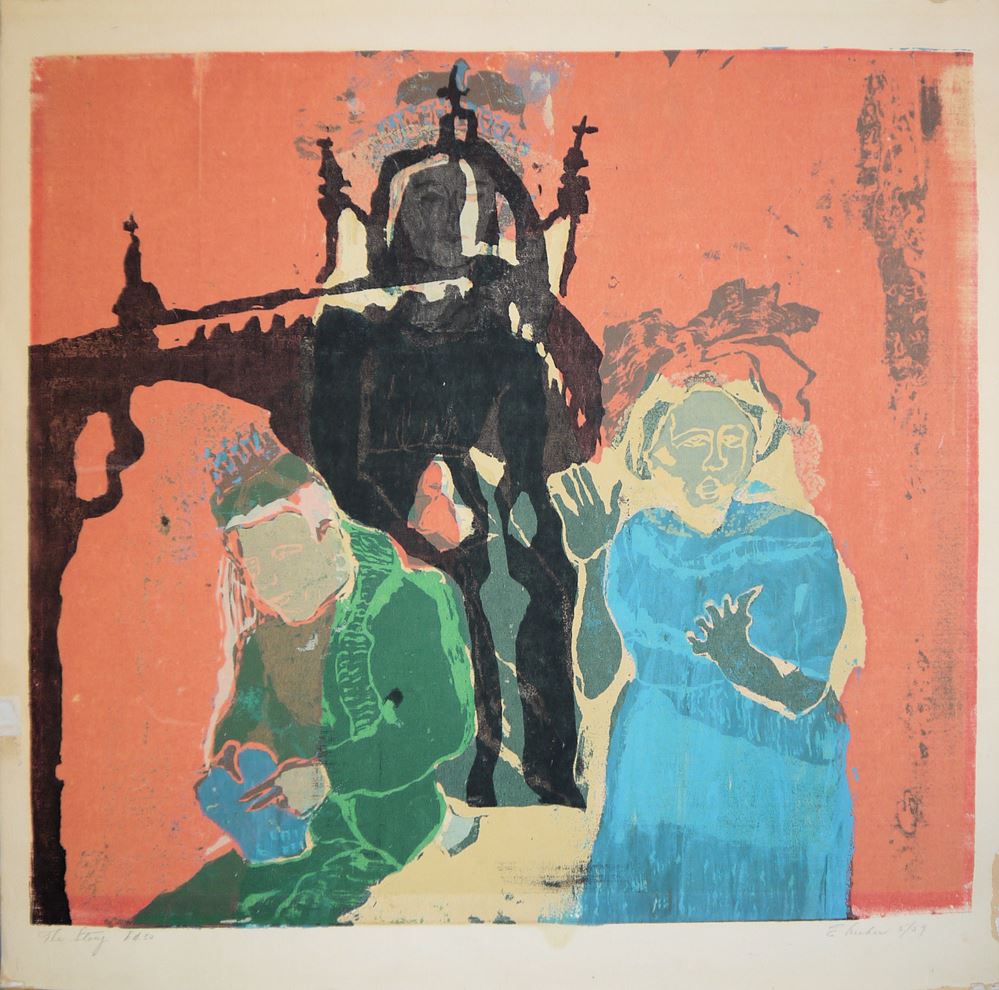

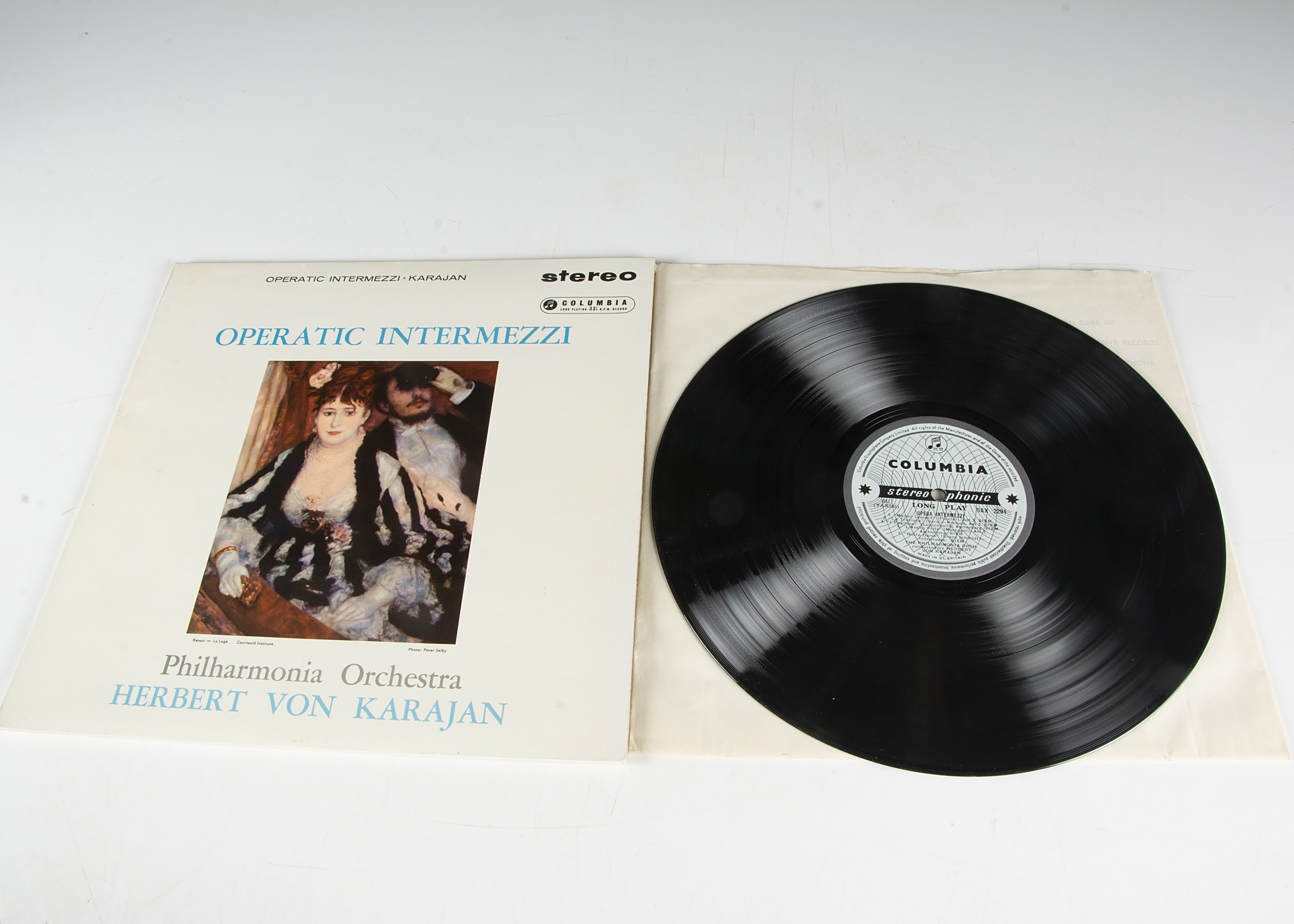
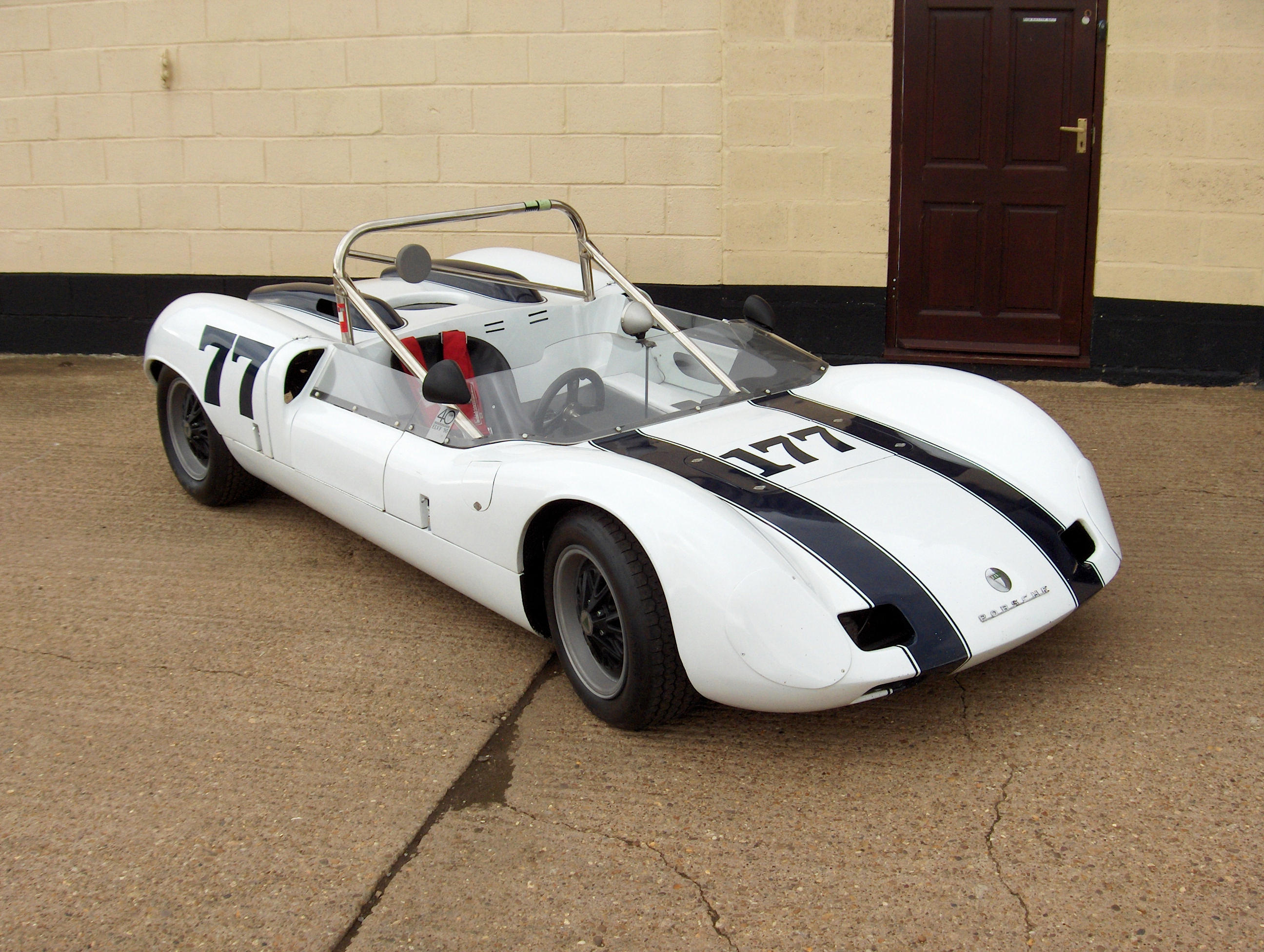

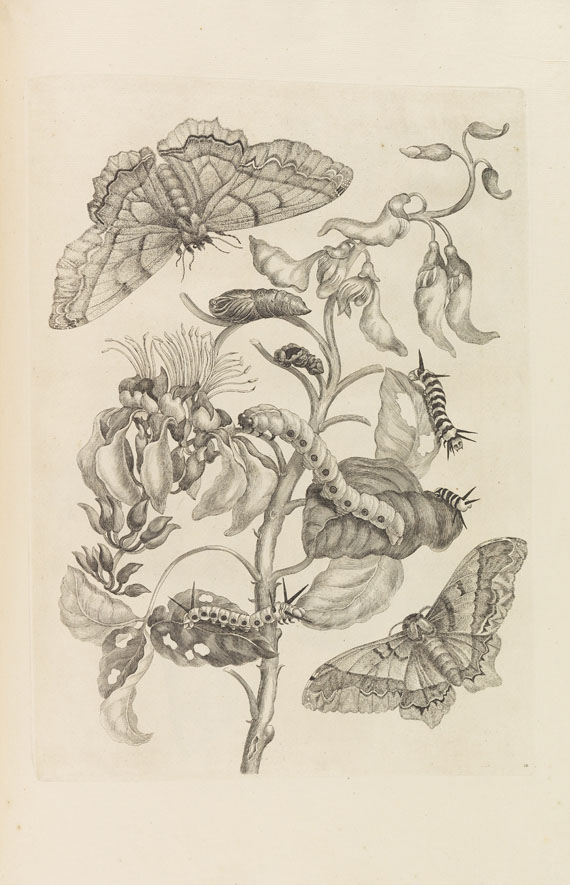
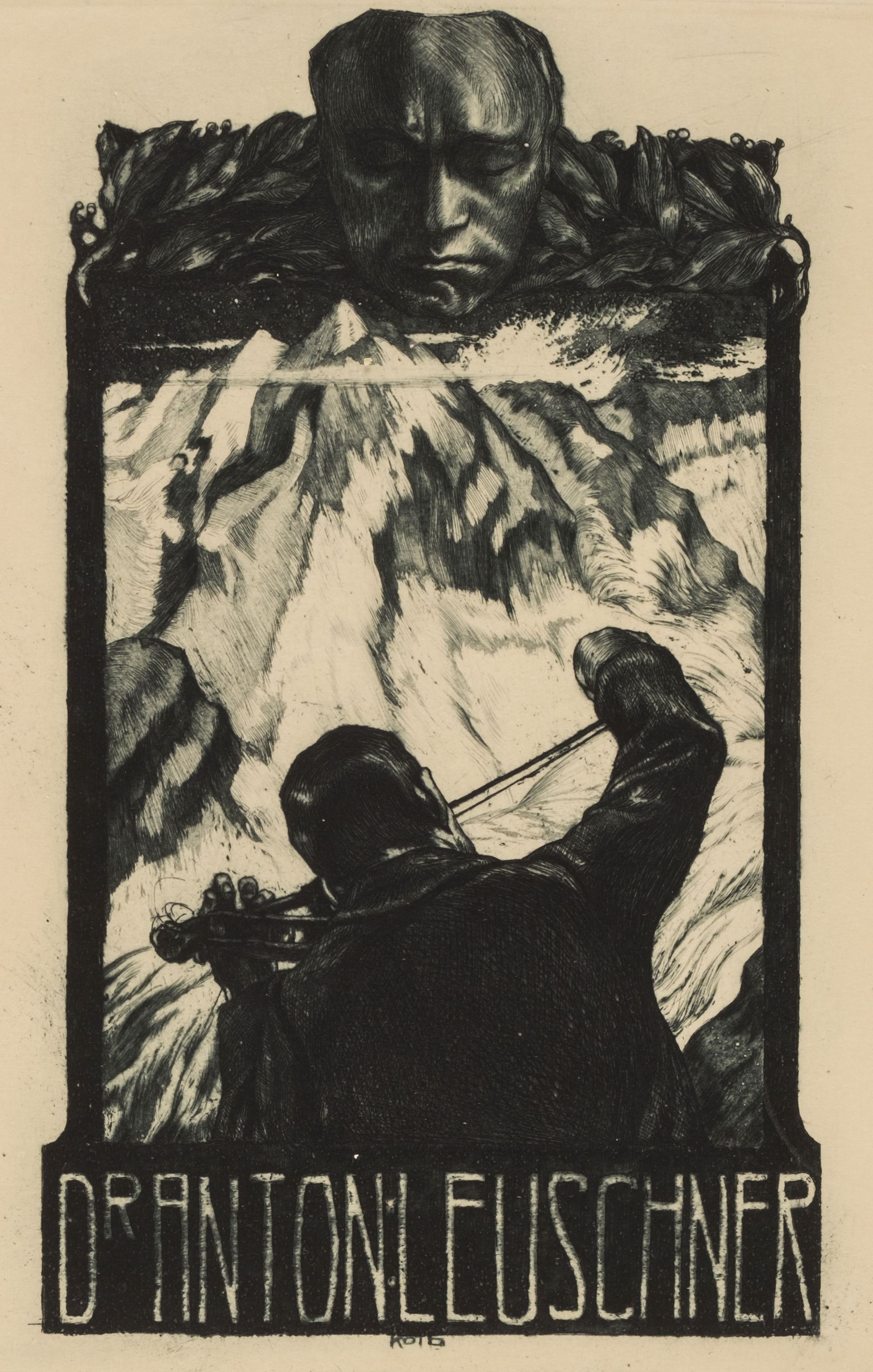


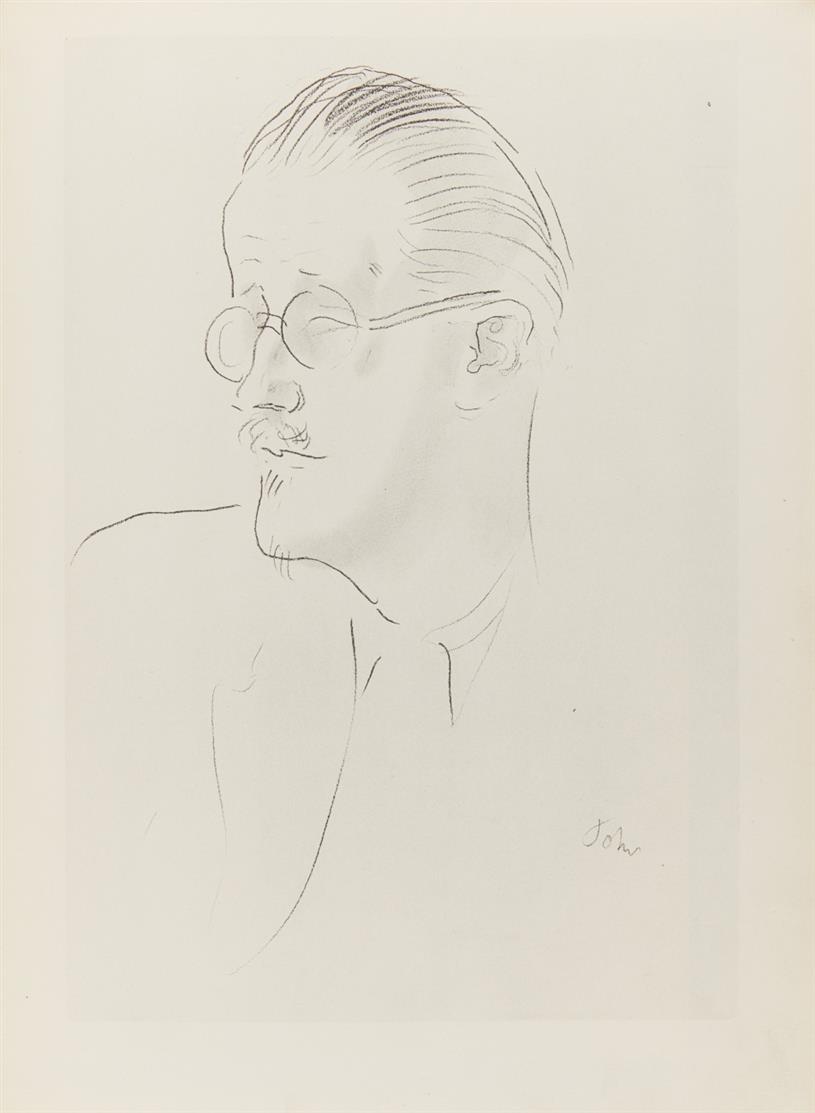





Testen Sie LotSearch und seine Premium-Features 7 Tage - ohne Kosten!
Lassen Sie sich automatisch über neue Objekte in kommenden Auktionen benachrichtigen.
Suchauftrag anlegen